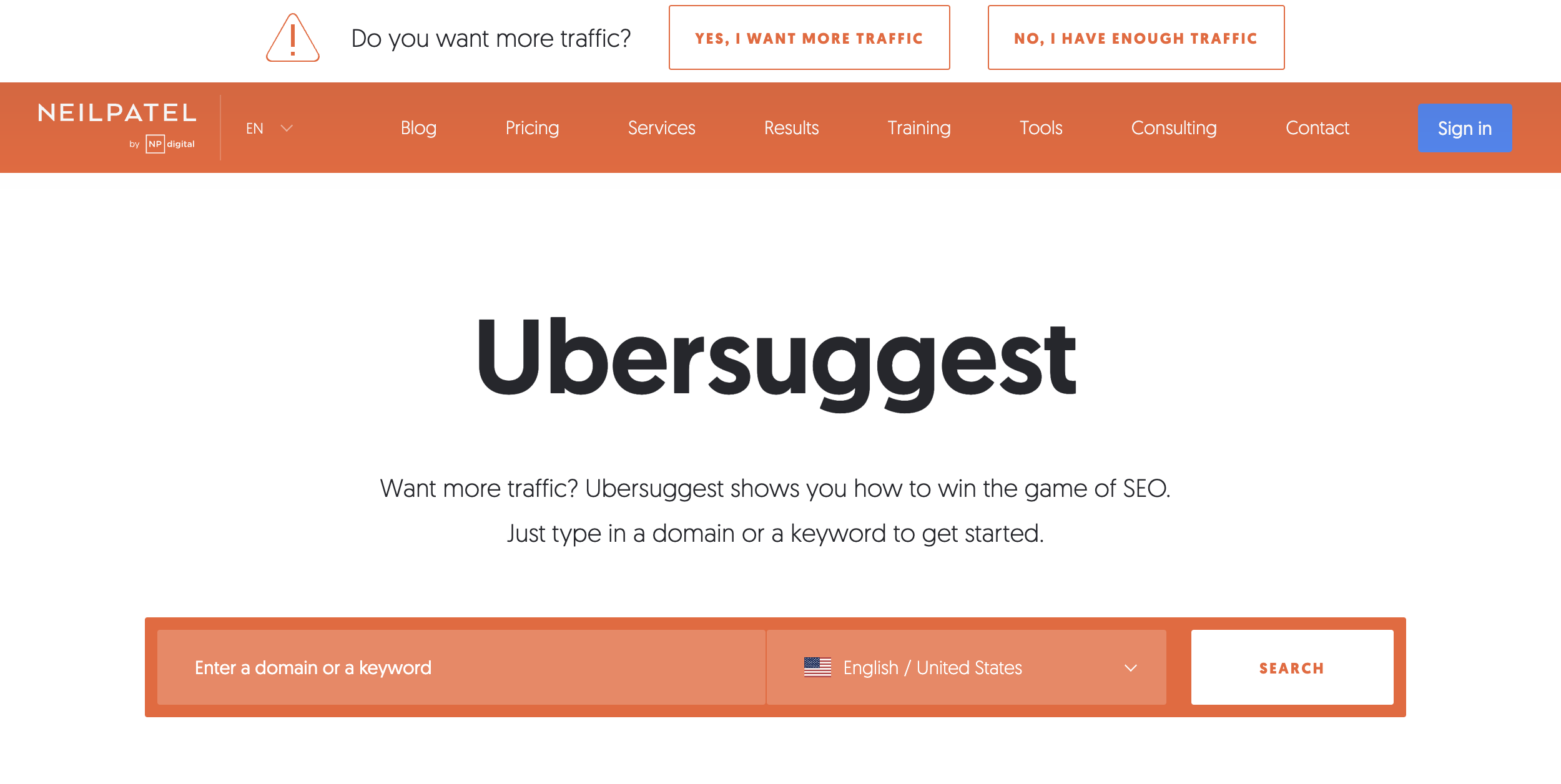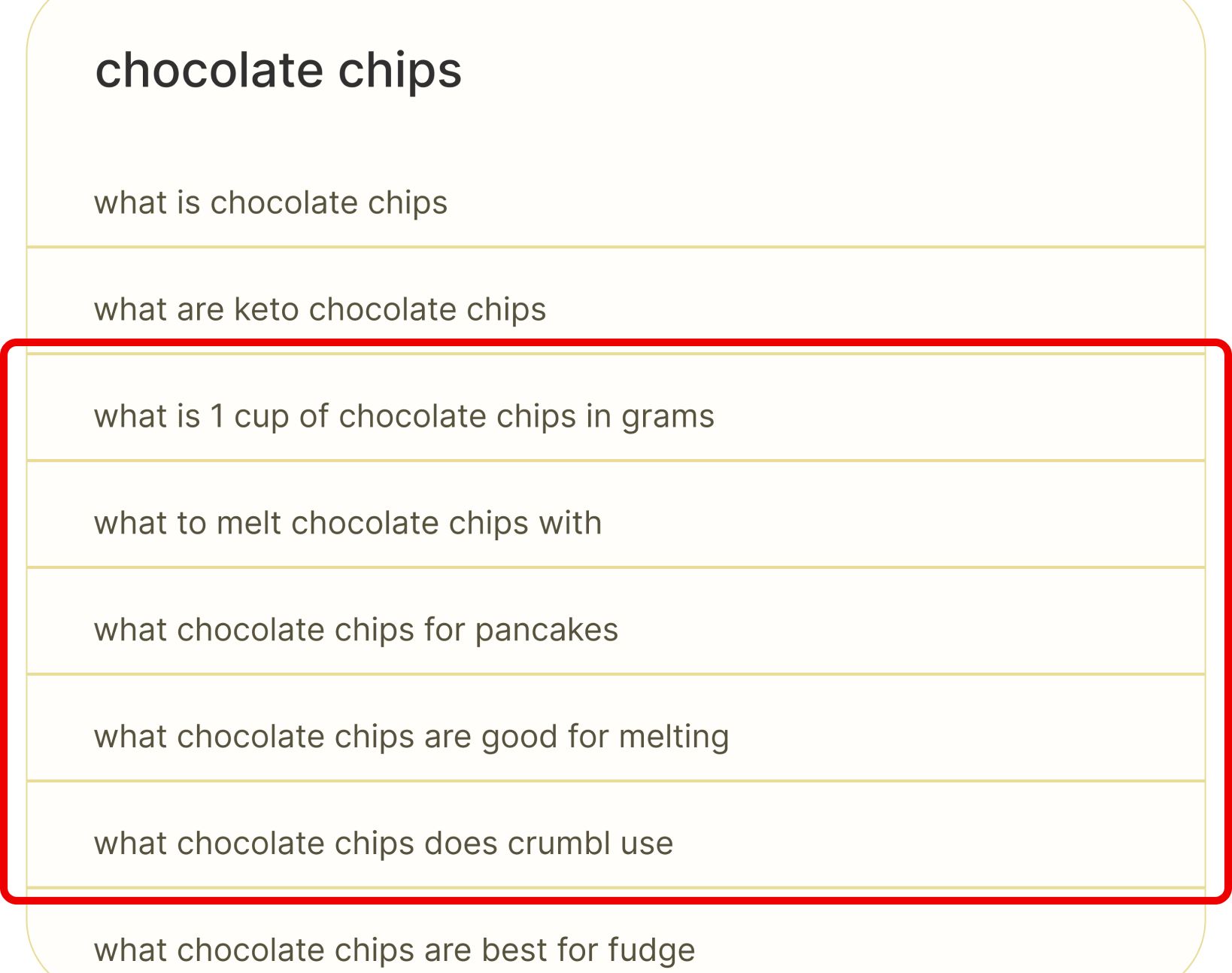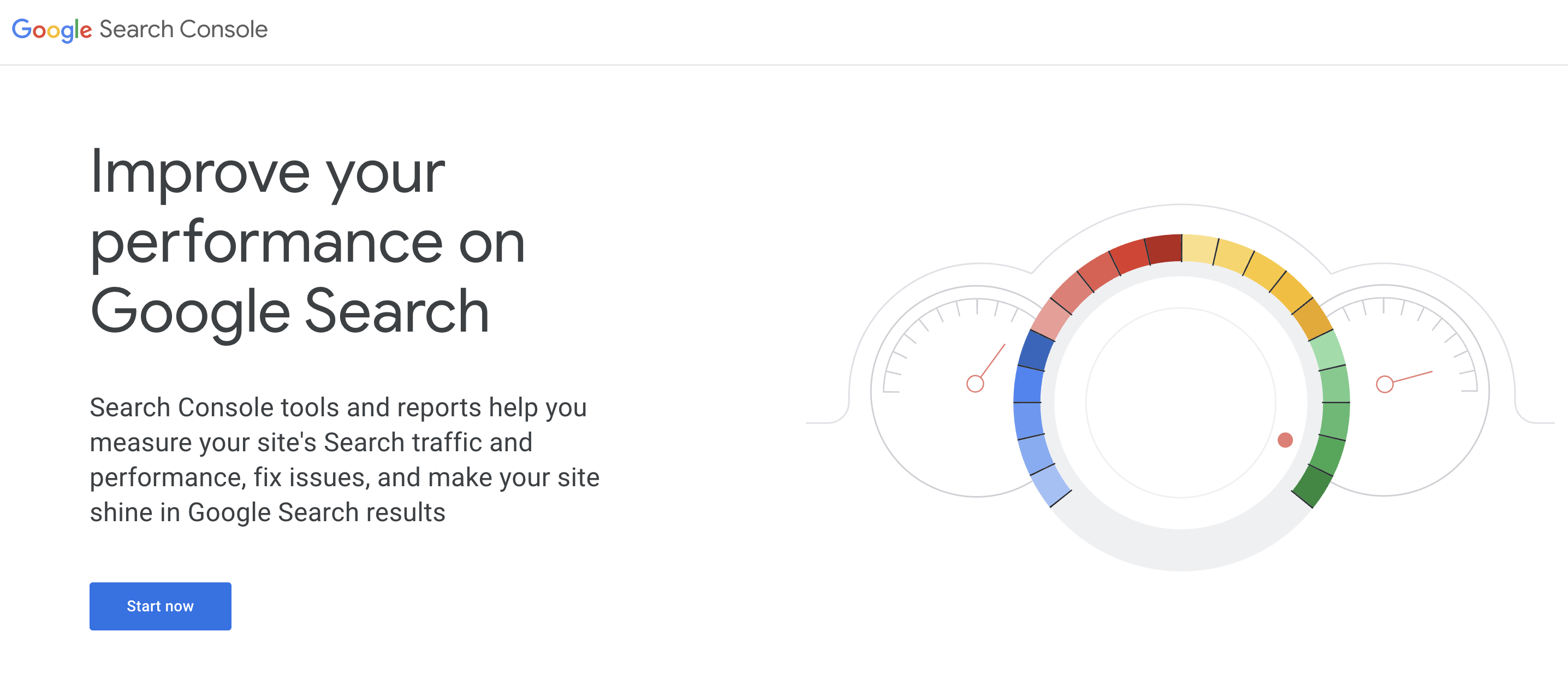
Keyword Research Tips for Small Business Owners: A Step-by-Step Guide
Learn how to find the right keywords to attract more customers and grow your small business online.
By Shishir
Published on
15 minutes
Table of Contents
Running a business is no small feat.
You’re juggling a million things at once—managing inventory, serving customers, and keeping up with the latest trends.
But here’s the thing: if you’re not focusing on keyword research, you’re missing out on a huge opportunity to grow your business online.
Keyword research is the process of finding the words and phrases your potential customers are typing into search engines.
It’s how you discover what they’re looking for and how you can create content, products, or services that meet their needs.

The good news? You don’t need to be an SEO expert or spend a fortune on tools to get started.
In this step-by-step guide, I’ll walk you through everything you need to know about keyword research as a small business owner.
By the end, you’ll have a clear plan to attract more customers and stand out from the competition.
Step 1: Understand Your Business Goals
Before you dive into keyword research, it’s important to know why you’re doing it. What are your business goals? Are you trying to:
Drive more traffic to your website?
Increase online sales?
Get more local customers through the door?
Once you’ve defined your goals, think about your target audience.

Who are they? What problems do they have, and how can your business solve them?
For example, if you own a bakery, your audience might be searching for “best birthday cakes near me” or “gluten-free dessert recipes.”
Pro Tip: Write down your goals and audience personas. This will help you stay focused during the keyword research process.
Step 2: Brainstorm Seed Keywords
Seed keywords are the foundation of your keyword research.
These are broad terms related to your business, products, or services. Start by listing words that come to mind when you think about what you offer.

For example, if you run a pet grooming business, your seed keywords might include:
- Pet grooming
- Dog grooming
- Cat grooming
- Mobile pet grooming
Don’t overthink this step—just jot down as many ideas as you can. You can also ask your customers what they search for or look at the keywords your competitors are targeting.
Step 3: Use Keyword Research Tools
Now that you have your seed keywords, it’s time to expand your list using keyword research tools. These tools help you find related keywords, search volume, and competition levels.
Here are a few free tools I recommend:
1. Searchlens
Searchlens is my go-to tool for keyword research. It’s user-friendly and packed with features that make it perfect for small business owners.

How to Use It: Enter your seed keyword, and Searchlens will generate a list of related keywords along with their search volume and competition levels.
Why It’s Great: It’s intuitive and provides actionable insights without overwhelming you with data.
2. Google Keyword Planner
Google Keyword Planner is a free tool that’s perfect for beginners.

How to Use It: Enter your seed keywords, and it will show you search volume, competition, and keyword ideas.
Why It’s Great: It’s reliable and directly tied to Google’s search data.
Explore Google Keyword Planner
3. Ubersuggest
Ubersuggest is another free tool that’s great for small businesses.

How to Use It: Enter a keyword, and it will show you search volume, competition, and content ideas.
Why It’s Great: It’s easy to use and offers insights into competitor keywords.
Step 4: Focus on Long-Tail Keywords
Long-tail keywords are longer, more specific phrases that people search for.
They might have lower search volume, but they’re easier to rank for and often have higher intent.
For example, instead of targeting “pet grooming,” you could target “affordable mobile pet grooming in [your city].”

Why Long-Tail Keywords Work for Small Businesses:
- They’re less competitive.
- They attract highly targeted traffic.
- They help you create content that directly answers customer questions.
How to Find Long-Tail Keywords:
- Use Searchlens to generate long-tail keyword ideas.
- Look at the “People Also Ask” section on Google.
- Check out forums like Reddit or Quora to see what questions people are asking.

Step 5: Analyze Competitor Keywords
Your competitors can teach you a lot about keyword research. By analyzing their strategies, you can identify gaps and opportunities for your own business.

How to Spy on Competitors:
- Use Searchlens to see which keywords your competitors are ranking for.
- Look at their website content, blog posts, and product descriptions.
- Identify keywords they’re targeting that you’re not.
Pro Tip: Don’t just copy your competitors—find ways to do it better. For example, if they’re ranking for “dog grooming tips,” you could create a more comprehensive guide or add videos to your content.
Step 6: Prioritize Local Keywords
If you’re a small business with a physical location, local SEO is a must. Local keywords help you attract customers in your area.
Examples of Local Keywords:
“Bakery near me”
“Pet grooming in [your city]”
“Affordable plumbers in [your neighborhood]”
How to Optimize for Local Keywords:
- Claim your Google My Business listing and fill it out completely.
- Use local keywords in your website content, meta descriptions, and blog posts.
- Encourage happy customers to leave reviews on Google.
Set up Google My Business here
Step 7: Create Content Around Your Keywords
Once you’ve found your keywords, it’s time to create content that targets them. This could be blog posts, product descriptions, or landing pages.

Tips for Creating Keyword-Optimized Content:
- Use your keyword in the title, headings, and throughout the content (but don’t overdo it).
- Write for humans, not just search engines. Focus on providing value.
- Include visuals like images, infographics, or videos to make your content more engaging.
Example: If you’re targeting “affordable mobile pet grooming,” you could write a blog post titled “5 Reasons to Choose Affordable Mobile Pet Grooming Services” and include tips, photos, and customer testimonials.
Step 8: Track and Adjust Your Strategy
Keyword research isn’t a one-time task—it’s an ongoing process. Use tools like Google Analytics and Google Search Console to track your performance.

What to Monitor:
- Organic traffic: Are more people visiting your site?
- Keyword rankings: Are you moving up in the search results?
- Bounce rate: Are visitors staying on your site or leaving quickly?
If something isn’t working, don’t be afraid to tweak your strategy. Maybe you need to target different keywords, update your content, or improve your website’s loading speed.
Final Thoughts
Keyword research might seem overwhelming at first, but it’s one of the most powerful tools you have as a small business owner.
By understanding your audience, using the right tools, and creating valuable content, you can attract more customers and grow your business.
Start small, stay consistent, and don’t be afraid to experiment.
And if you’re looking for a tool to make the process easier, give Searchlens a try. It’s been a game-changer for me, and I think you’ll love it too.